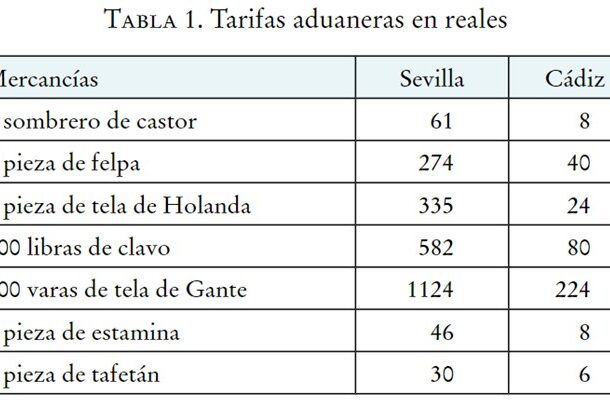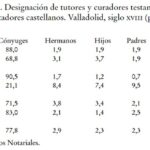
During the Modern Age, testamentary mandates emerged as strategies of social reproduction aimed at improving the family lineage. Sometimes, the deceased testator bequeathed to his children, minors, the movable and immovable property that he had in his power and administration. However, these assets were placed under the guardianship of an adult, usually close to the family, to administer them until the offspring reached maturity. The choice of the administrators of the inheritance was not a minor matter, but was a major concern of the testator in view of the possible perversion of the person chosen. In Valladolid, 77.8% of those appointed guardians were the spouses of the deceased, followed at a great distance by other relatives (9.3%), siblings (2.9%), children and parents (both with 2.3%), and “others” (5.4%), a concept which brings together numerous categories of individuals related to the family through neighbourhood or spiritual kinship. The city of Valladolid marked the general trend more sharply; in contrast, the nuances of the rural world attenuated the divergent criteria. Differentiated by sex, women chose other relatives (35.8%) rather than their husbands (21.1%) to be the administrators of their children’s inheritance.
Collection: Statistics
Project: 3. Rural world and urban world in the formation of the European identity., 4. Family, daily life and social inequality in Europe.
Chronology: XVIII
Scope: Secondary Education, Baccalaureate, University
Link: https://revistas.usal.es/index.php/Studia_Historica/article/view/shhmo20163822754/15938
Resource type: Statistics
Format: Table
Source: García Fernández, M. (2016). "Tutela y minoría de edad en la Castilla rural: prácticas cotidianas en el Antiguo Régimen", en Studia Historica, vol. 38, nº 2, p. 35.
Language: Spanish
Date: 2016
Owner: Pablo Ballesta Fernández (Modernalia)
Copyright: ©Studia Historica ©Máximo García Fernández
Abstract: Resource showing the mentality of testators when choosing the guardians of assets inherited by minor children
Image
Tags







